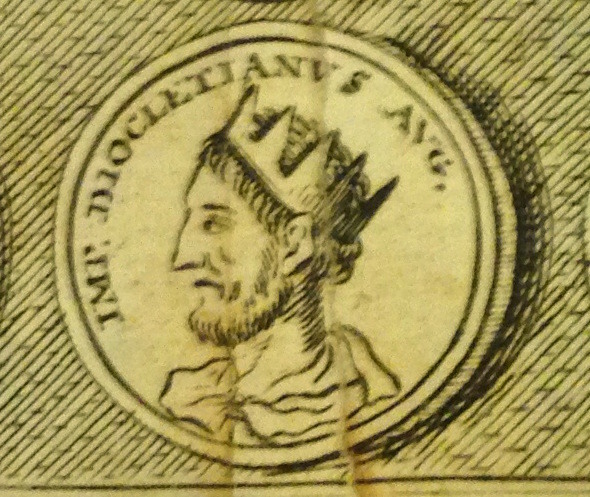Diocletian and the Tetrarchy
Diocletian formed the Tetrarchy as a solution to the unstable succession of Roman emperors in the third century. Originally from Dalmatia (modern Croatia), Diocletian came into full power in 285 CE and ruled the eastern half of the Empire. He established his comrade Maximian as responsible for Italy and the West. Although Diocletian visited Rome only once in his life, Maximian reported news to him frequently. Maximian and Diocletian each adopted a junior emperor in 293 CE (Constantius in the West, Galerius in the East), forming the Tetrarchy.2
In 303 CE, Diocletian visited Rome for the only time in his life, at the twentieth anniversary of his accession. At this time, the Baths would have been partially completed.
Ancient Romans celebrated Diocletian's reforms that salvaged a government and economy that had been approaching total failure. From a modern perspective, the Diocletianic Persecution of 303-311 - an official and bloody persecution of Christians - tarnishes Diocletian’s reputation.
________
1. Basil Kennett, Romae anitiquae notitia, or the antiquities of Rome, 15th ed. (London: C. Bathurst, 1776), 25.
2. Amanda Claridge, Rome (Oxford: Oxford University Press, 1998), 24.
